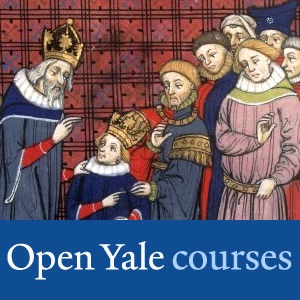08. Survival in the East
Update: 2012-04-02 1
1
Description
Professor Freedman focuses on the question of how the Eastern Roman (Byzantine) Empire survived, while the West collapsed in the fifth century. He begins with a brief overview of Procopius’ Secret History, a work which presents a highly critical account of the reign of the emperor Justinian. The more urbanized, economically stronger, and geographically more stable Eastern Empire was able to survive while the West was dismantled by barbarian tribes. Yet under pressure from its old enemy, Persia, and new threats, the Slavs and Avars in the West and Arabs in the East, the Eastern Empire experienced a decline in the seventh century. Against the background of this political instability, Professor Freedman also discusses the Christological controversies of Nestorianism and Monophysitism which plagued the Church in the East. Beginning in the late seventh century, Iconoclasm also added to the pressures facing the Eastern Church and Empire.
Complete course materials are available at the Open Yale Courses website: http://oyc.yale.edu
This course was recorded in Fall 2011.
Complete course materials are available at the Open Yale Courses website: http://oyc.yale.edu
This course was recorded in Fall 2011.
Comments
In Channel





